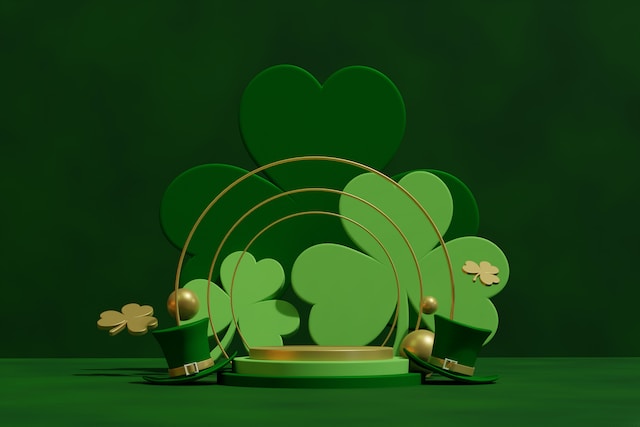
St. Patrick’s Day, observed annually on March 17th, has evolved over the centuries from its origins as a religious feast honoring St. Patrick, the patron saint of Ireland, into a global celebration of Irish culture, identity, and the spirit of camaraderie. This exploration delves into the multifaceted journey of St. Patrick’s Day traditions, spotlighting the shifts from religious observances to inclusive and joyous global festivities, and how various elements have shaped the celebration into the vibrant spectacle it is today.
Origins and Religious Significance
St. Patrick’s Day finds its roots in the religious history of Ireland, commemorating the supposed date of St. Patrick’s death. Initially observed as a solemn religious feast, the day centered on Irish families attending church services to honor the saint and reflect on the spread of Christianity in Ireland. Over time, the celebration of St. Patrick’s Day underwent a metamorphosis, transitioning from a purely religious event to a more public and exuberant affair. The transformation of St. Patrick’s Day into a public celebration can be attributed, in part, to Irish immigrants in the United States. In the 18th and 19th centuries, waves of Irish immigrants brought their traditions across the Atlantic, infusing the day with a livelier spirit. St. Patrick’s Day became an opportunity for the Irish diaspora to express their cultural identity and pride. As these celebrations gained traction, St. Patrick’s Day parades emerged, marking a departure from the solemnity of religious observances to a more festive and inclusive atmosphere.
Parades, Festivities, and the Wearing of Green
The first recorded St. Patrick’s Day parade did not take place in Ireland but rather in New York City in 1762. Parades have since become a hallmark of the celebrations, featuring vibrant displays of Irish culture, music, dance, and folklore. The wearing of green on St. Patrick’s Day, a tradition that has become synonymous with the celebration, has its roots in the lush green landscapes of Ireland and the country’s nickname, the “Emerald Isle.” This green attire symbolizes not only Irish pride but also the festive spirit that has come to define the day. But it was in the 20th century that St. Patrick’s Day transcended its Irish and American roots, becoming a global celebration.
A Modernization of St. Paddy’s
Cities worldwide embraced the festivities with iconic landmarks illuminated in green. Festivals that showcased Irish culture became popular, and people from diverse backgrounds joined in the revelry. St. Patrick’s Day transformed into a day for people of all nationalities to come together. This fostered a sense of shared joy and community. Additionally, the culinary traditions associated with the day expanded, with traditional Irish foods like corned beef and cabbage, Irish soda bread, and hearty stews becoming synonymous with the celebration. To further embrace this time of merriment, St Patrick’s Day bar crawls became yet another staple of the celebrations.
Cultural and Arts Celebrations, Inclusivity, and Diversity
St. Patrick’s Day celebrations evolved to include cultural and arts events, showcasing the rich heritage of Ireland. Irish dance performances, traditional music concerts, and literary events celebrate the country’s contributions to the arts. Moreover, the day has become a symbol of inclusivity, inviting people from all walks of life to join the festivities. Diverse communities engage in the celebration, reinforcing the idea that St. Patrick’s Day is a global expression of joy, unity, and shared cultural appreciation. This inclusivity has broadened the reach of St. Patrick’s Day, making it a celebration that transcends national and cultural boundaries.
A Day That Has Changed with the Times
St. Patrick’s Day has transformed significantly over the centuries, transcending its origins as a religious feast to become a global celebration of Irish culture and identity. The evolution of traditions, from parades and wearing green to culinary delights and cultural expressions, reflects the dynamic nature of this festive day. St. Patrick’s Day now stands as a testament to the enduring power of cultural celebrations to bring people together, fostering a sense of community and shared joy that transcends borders and backgrounds. As society continues to honor St. Patrick’s legacy, the celebration of this day remains an evergreen testament to the interconnectedness of cultures around the world.
Leave a Reply